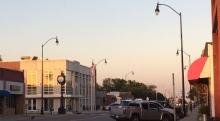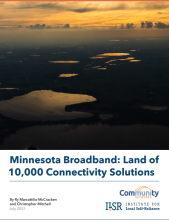Tuttle, Oklahoma Completes Its Citywide FTTH Network
A version of this story was originally published by the National League of Cities. Read the original here, with the full version below.
There’s an overwhelming tendency among regular Americans to conflate the basic infrastructure which surrounds us with permanence. Whether it’s the garbage truck predictably rumbling down the street at the same time every week, the water flowing from the tap, or our Internet connection, we assume that the physical ties which bind us together will always be there. And that’s because it mostly has, especially for community owned and operated infrastructure. When utility services are owned and operated by communities, they are by definition maintained by people who live locally for people who live locally. It’s hard to be taken by surprise and left without essential services.
But the odds tilt in the other direction when such services are delivered by outside firms. We’re seeing the consequences of this for electricity users in the wake of the Texas grid disaster last winter (as well as coming rumblings of heat-caused outages this June), but it’s a problem that’s been around longer than that for basic service providers of all types, where bankruptcies can leave whole communities high and dry.
The same consequences hold true when those firms are Internet Service Providers (ISPs), beholden to interests outside of the cities and towns they serve. Tens of thousands of American households learned this very lesson last fall when AT&T announced it was leaving the DSL business and no longer making new connections to its aging infrastructure, even though those wires will continue to sit in the ground for decades to come. Buy a new house in this area, and if AT&T DSL was the only provider in town, and you’ve got few or no options.



